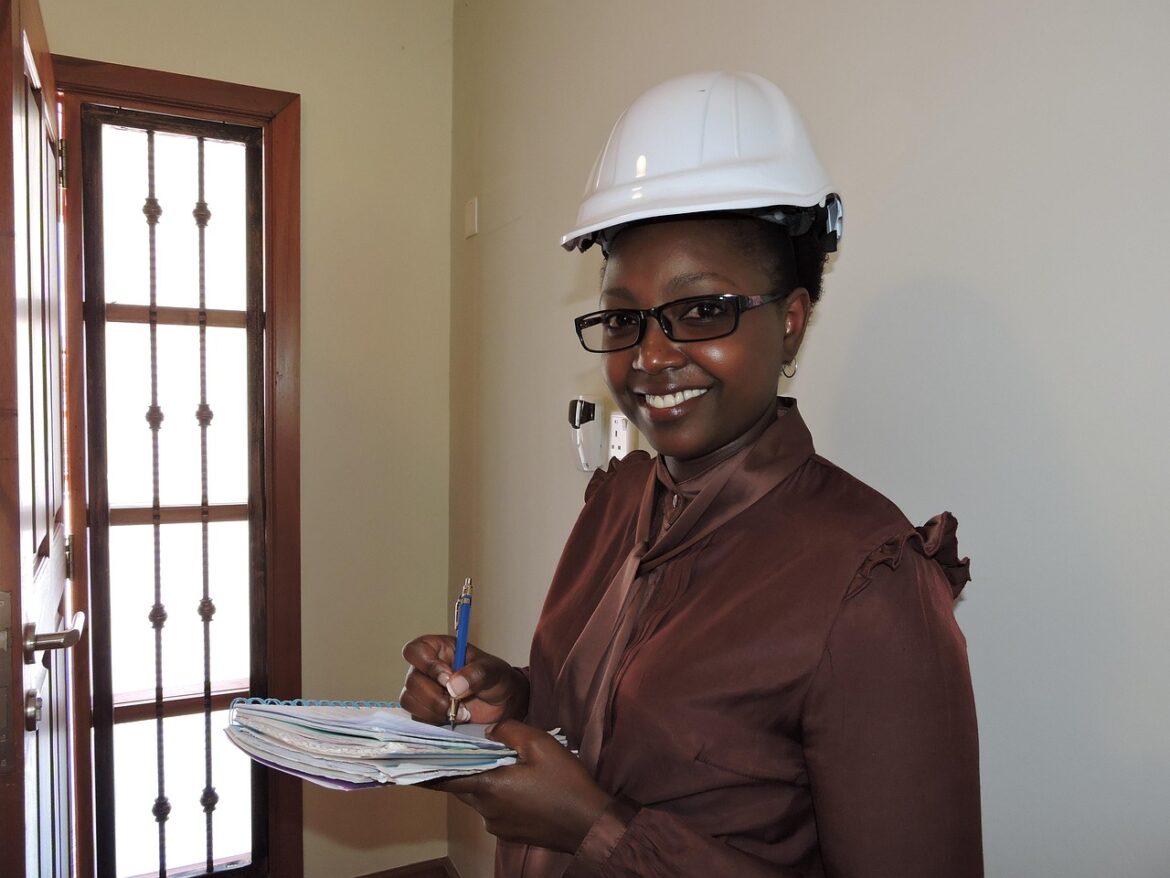Climate change isn’t just about melting ice caps and rising seas anymore—it’s about how we run our daily routines, automate our offices, and make our cities smarter. If you feel overwhelmed by the jargon-heavy talks on climate, rest easy. The real world is moving fast: businesses and organizations are streamlining the way they work, using new tech and fresh ideas to cut carbon and boost efficiency. Here are five real-world stories reshaping climate workflows in 2025 that you can chew on, not just feel helpless about.
Smarter Buildings, Smoother Workflows
You walk into an office, and the lights adjust themselves. No, you’re not in a sci-fi movie—you’re just in a building that’s joined the digital transformation. Companies like CIM are making facilities management a breeze with tools that monitor energy use, detect faults, and optimize everything from heating to plugging leaks. Managers no longer need to check sensors or manually fiddle with thermostats; instead, they get real-time alerts directly into their favorite workflow apps—Slack, Teams, you name it. The result? Less waste, fewer headaches, and a measurable drop in carbon footprints. Think of it like having a smart thermostat, but for your entire workspace—and an army of virtual assistants keeping things eco-friendly.
Budgeting for the Cloud, Saving for the Planet
Cloud services are big on power (and not just the electric kind). As more companies shift to digital, the complexity of managing multiple cloud platforms—Azure, AWS, Google Cloud—has skyrocketed. Enter FinOps, the superhero blend of finance and operations that’s helping organizations track, tweak, and tame their cloud spending. In 2025, FinOps is not just about saving pennies; it’s about slashing unnecessary workloads, trimming energy use, and aligning IT with sustainability goals. By collaborating across finance, tech, and ops teams, companies are sidestepping IT chaos and turning cloud clutter into climate-friendly strategies. It’s like a household budget, but for your digital footprint—every byte counts.
Coding for a Cooler Planet: DevOps Meets Green Ops
Software teams are no strangers to workflows—daily code reviews, agile sprints, and the relentless hunt for bugs. But in 2025, top-performing teams are going ‘beyond code,’ as they realize software is only as green as the process behind it. Tools like Axify and Code Climate alternatives are popping up to help engineers not just write better code, but also deliver it faster and with less waste. Imagine a dashboard that shows how much energy each deployment consumes, or how long it takes to move an idea from whiteboard to production. By tracking cycle time, deployment frequency, and code quality, teams are making data-driven decisions that speed things up and cut out carbon where it doesn’t belong. It’s DevOps with a green conscience—and your code review just got a lot more meaningful.
Predicting the Future with GeoAI
What do location data and AI have to do with climate? If you’ve ever wondered how cities prepare for floods, wildfires, or heatwaves, the answer is simple: smarter mapping. The Geography 2050 symposium, set for this November in New York, will spotlight the convergence of geospatial AI (GeoAI) and climate action. Agencies and startups alike are using AI-powered maps to predict disasters, manage resources, and plan resilient cities. Picture a digital twin of your city, powered by AI, helping planners and first responders see into the future before trouble strikes. It’s like giving Mother Nature a heads-up before she drops a storm on us—and optimizing workflows to handle whatever she throws our way.
From Lab to Real Life: AI in Climate Data Science
Columbia University’s LEAP Research Update gives us a peek under the hood of how AI and machine learning are making climate models not just faster, but sharper. Traditional weather forecasting is often plagued by errors, especially in tricky areas like arctic regions or rapidly changing environments. With new AI-driven workflows, scientists can blend real-world data with models to reduce errors and make better, actionable predictions. Think of it as a turbocharged GPS for climate scientists—giving them clearer signals and faster routes to the answers we all need. The endgame? More accurate forecasts, and less guesswork when it comes to fighting climate change.
Final Thoughts: Workflows as Climate Allies
These days, no one needs to feel powerless in the face of climate change. With the right tools, workflows, and teamwork, cutting carbon and speeding up action is doable for everyone—city hall, your office, or the IT team. Adopting smarter software, greener buildings, and AI-powered solutions isn’t just about checking boxes; it’s about making our planet a little bit healthier, one workflow at a time.
References:
- https://axify.io/blog/code-climate-alternatives
- https://opentools.ai/news/nature-unveils-breakthrough-study-unprecedented-insights-into-climate-change
- https://www.cim.io/blog/world-fm-day-2025-navigating-the-future-of-facilities-management
- https://www.raconteur.net/technology/the-finops-advantage-decoding-the-seven-key-trends-of-2025
- https://www.carahsoft.com/blog/carahsoft-top-geospatial-and-space-tech-events-blog-2025
- https://learn.microsoft.com/en-us/azure/defender-for-cloud/release-notes
- https://leap.columbia.edu/events/2025-spring-lectures/
- https://www.sfhsa.org/sites/default/files/media/document/2025-05/manual_caap_eligibility_5_7_2025.pdf



